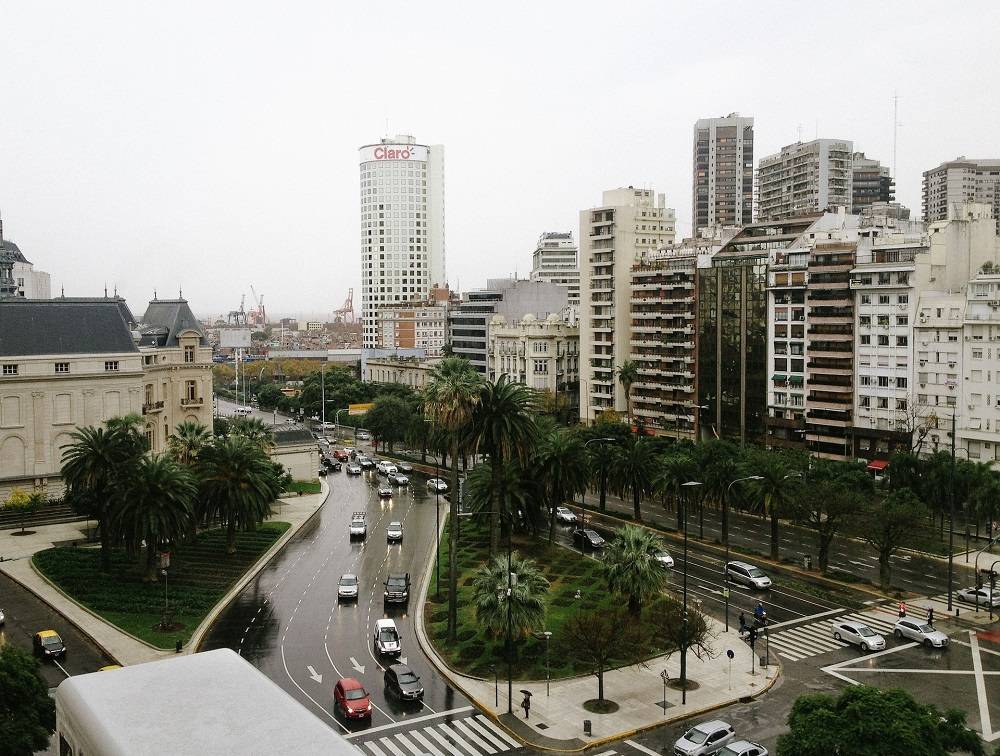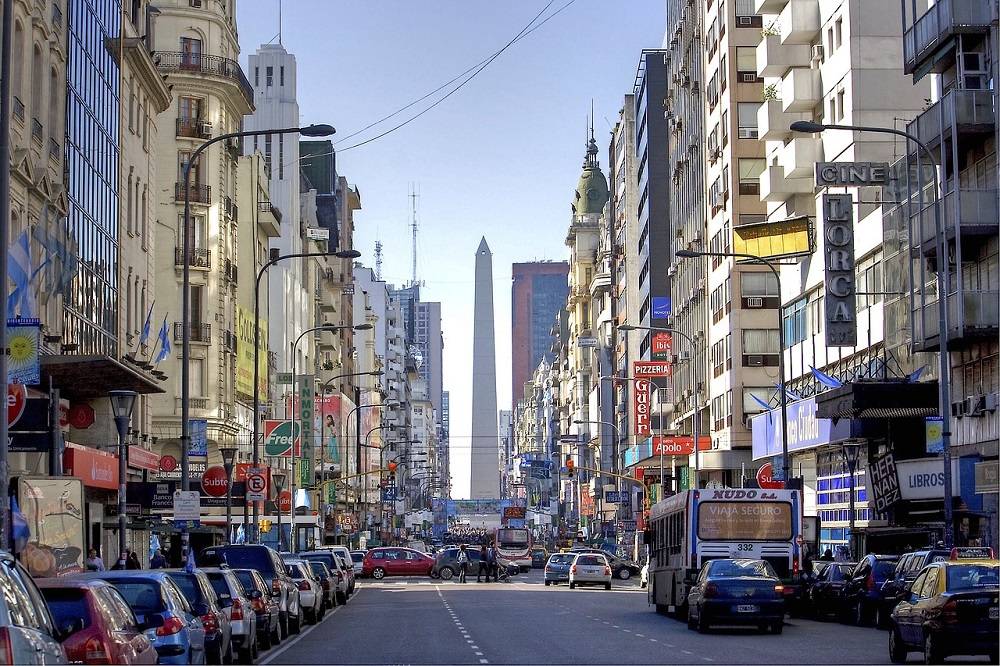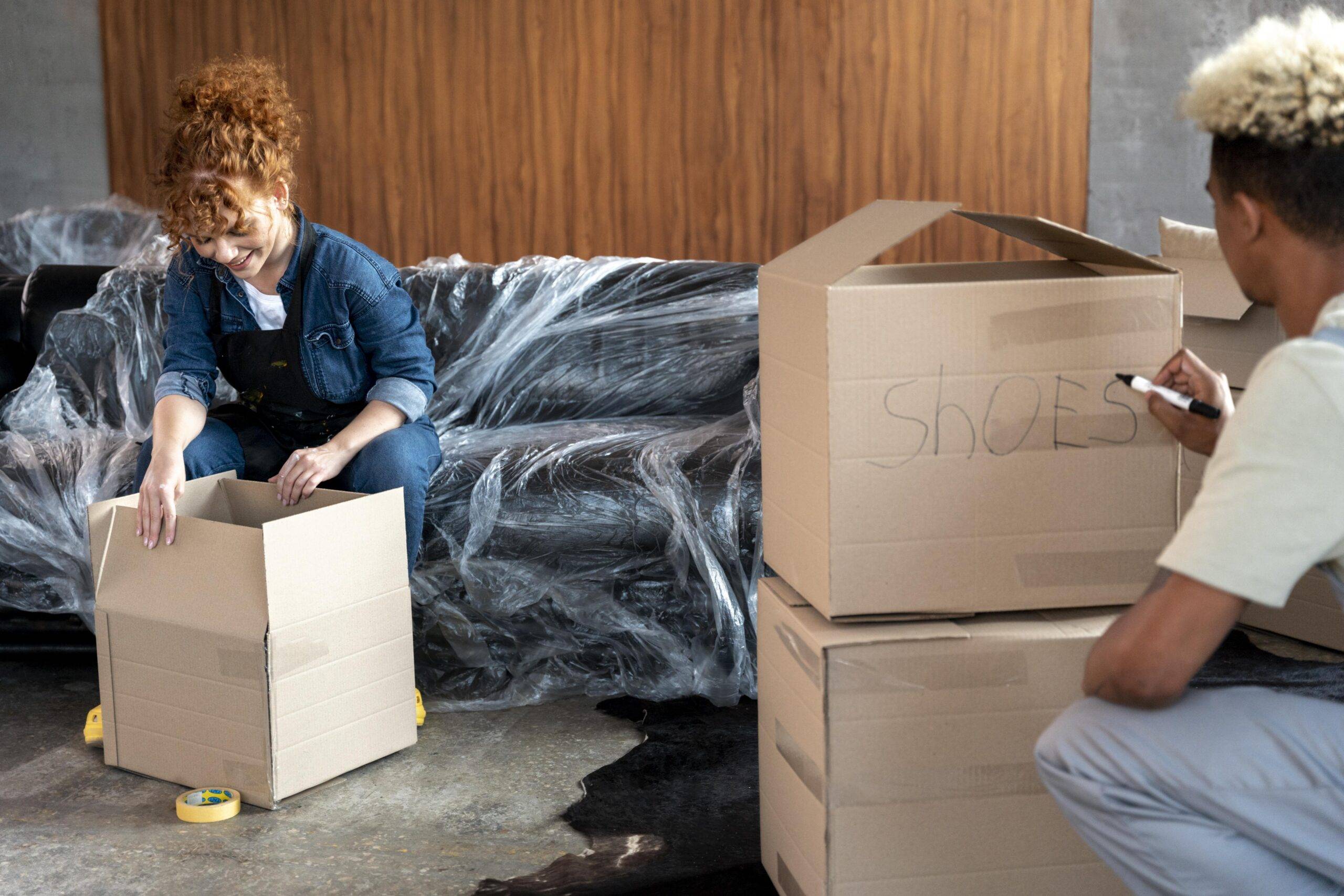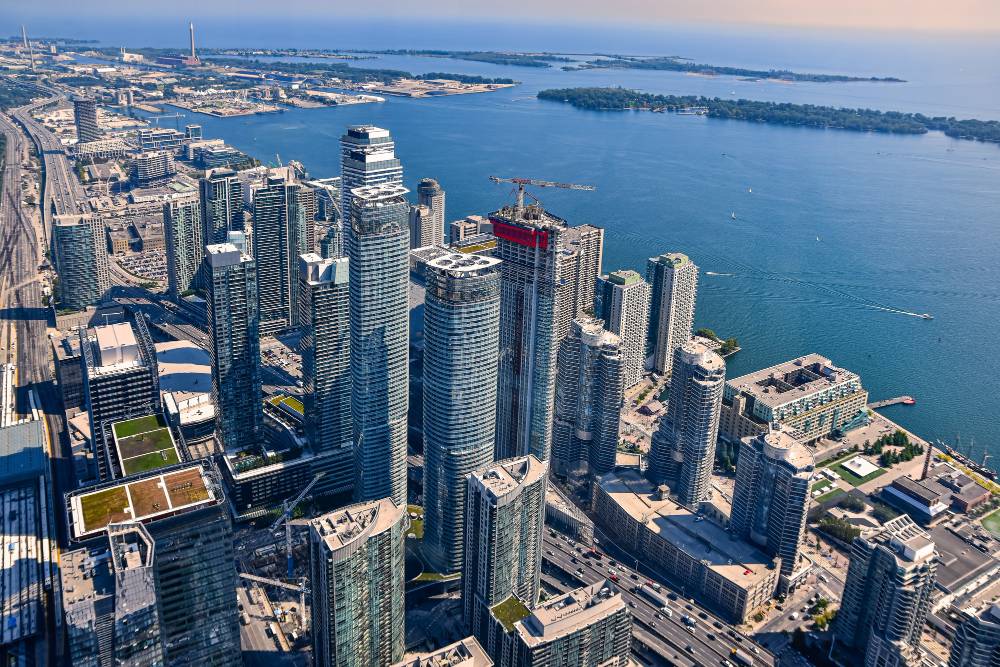Every year, hundreds of people move from the UK to Australia. Many of them are looking for work on the other side of the world. To work in Australia, you will need a valid visa, just like on any other trip there. There are many different types of visas you can apply for, so which one you or your family needs will depend on your situation.
Applying for the wrong type of visa or giving the wrong information can cause problems, so it’s important to know what you can do. If you already have a job or have been offered a job in Australia, this could make it easier for you to move there. But there are ways to look for a job in Australia or even move there before you find a career.
You will be interested on: Moving to Australia
Moving to Australia from UK Requirements
To get a working visa and live in Australia, you have to meet certain requirements. Types of work visas are available for the following jobs:
# The Australian government calls skilled workers (according to Skills Assessment)
# People with very specific skills
# Trainees (on a short-term basis) (on a short-term basis)
# Experienced business people
# Investors from other countries
As long as you meet the requirements for a certain visa, you can apply for it. Different visas can cost a lot of money and have different processing times, so you should start the Australia visa process as soon as you can.
If choosing the right visa option for your move from the UK to Australia is harder than you thought it would be, Baxter Moving Services can help.
Keep reading: Moving to Sydney
Working Visa for Australia from the UK
Here is a list of the main employment-based visa options for people who want to move to Australia for a job that is based there. Before you apply, you should do your own research. The Australian Government’s Home Affairs website is a great place to start.
Employer Nomination Scheme (ENS) Visa
With this visa, you can live and work in Australia for the rest of your life. You must be nominated by an Australian employer and meet the following requirements to be eligible:
# have the skills needed for the job
# Have a job that is considered skilled
# Meet the requirements for your health and character.
# Show that you know how to use English well.
# Have three years of work experience in a relevant field.
# Not be older than 45 years (with some exceptions).
You will be interested on: Moving to Melbourne
Regional Sponsored Migration Scheme (RSMS) Visa (Direct Entry Stream)
This visa also lets you live and work in Australia permanently, as long as a regional Australian employer puts you forward.
# have the skills needed for the job
# Have a job that is considered skilled
# Meet the requirements for your health and character.
# Show that you know how to use English well.
# Have three years of work experience in a relevant field.
# Not be older than 45 years.
# agree to stay with this job for at least two years.
Skilled independent visa
For this visa, you need to be invited to apply by a state or territory government in Australia. This means that your skills are important to Australia and that they are needed there. Along with this, you should also meet the requirements below.
# Those younger than 45
# have the skills needed for the job
# Have a job that is considered skilled
# Meet the requirements for your health and character.
# Show that you know how to use English well.
# The points test must be passed with at least 65 points.
Keep reading: Moving to Brisbane
Skilled Regional Visa (Provisional)
This is a visa that lets you live and work in regional Australia. An Australian employer or family member can nominate you for it. In order to get this visa through the invited path, you must meet the following requirements:
# Those younger than 45
# have the skills needed for the job
# Have a job that is considered skilled
# Meet the requirements for your health and character.
# Show that you know how to use English well.
# The points test must be passed with at least 65 points.
For a more permanent stay, you must take the extended-stay path. It costs 360 AUD, which is about £190, and you must have one of the following at the time you apply:
# Skilled Regional Sponsored Visa (subclass 475)
# Skilled Regional Sponsored Visa (subclass 487)
# Skilled Independent Regional Visa (subclass 495)
# Skilled Designated Area Sponsored Provisional Visa (subclass 496)
You will be interested on: Moving to Perth
Temporary Working Visa for Australia
These types of visas are for short-term work stays in Australia. You might be able to apply for a more permanent visa before your temporary one runs out, but you should make sure of this before you travel on a temporary permit.
Temporary Skill Shortage Visa
With this visa, an Australian employer can sponsor a skilled worker from another country if they can’t find a suitable Australian worker. You must meet the following rules:
# If you are applying from within Australia, you must already have a substantive visa or a bridging visa and show that you have met the conditions of your previous visas.
# nominated by a sponsor who has been approved to fill a job on the Short-Term Skilled Occupation list.
# worked in the job or a field related to it for at least two years.
# Get enough health insurance.
# Meet the requirements for your health and character.
# Show that you know how to use English well.
Keep reading: Moving to Canberra
Temporary Work (Short Stay Specialist) Visa
This visa lets people with very specific skills work in Australia for up to 6 months. Make sure you meet the following requirements before you apply:
# Show that they have very specialised skills, knowledge, or experience to help an Australian business.
# Have enough money to take care of yourself.
# Meet the requirements for your health and character.
You will be interested on: Moving to Adelaide
Temporary Work (International Relations) Visa
For this visa, you can only get in if you can help Australia improve its relationships with other countries. The following needs to be true:
# Show one of the following letters of support:
# letting them know that you are part of a deal between Australia or an Australian state or territory government and another country
# from a foreign government agency, ministry, mission, international organisation, Australian school, or the relevant state or territory education authority (for foreign language teachers).
# or from the Department of Foreign Affairs and Trade of the Australian government (DFAT).
# Have enough money to take care of yourself.
# If you are applying from Australia, you must already have a valid visa.
# Get enough health insurance.
# Meet the requirements for your health and character.
Keep reading: Gold Coast
Distinguished Talent Visa
With this visa, you can live in Australia permanently if you have a record of outstanding achievement in a field like a profession, art, academia, or research that is known around the world. You must be chosen, and you must also meet the following requirements:
# Do something that will help the Australian community.
# Have the ability to become well-known in the country, either through work in your field or by establishing yourself on your own.
# have English that works
# Meet the requirements for your health and character.
You will be interested on: International Moving
Working Holiday Visa Australia
This is another type of visa for young adults who want to stay in Australia longer than 12 months and work there to pay for their stay. Here’s how you can get in:
# between the ages of 18 and 30 (inclusive).
# Have a passport from a country or area that qualifies
# not be with children who need them.











